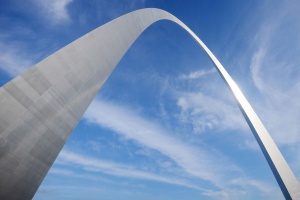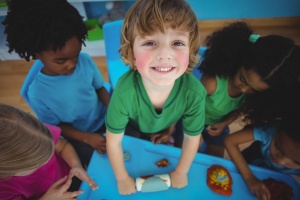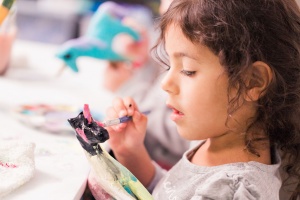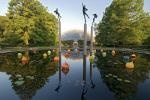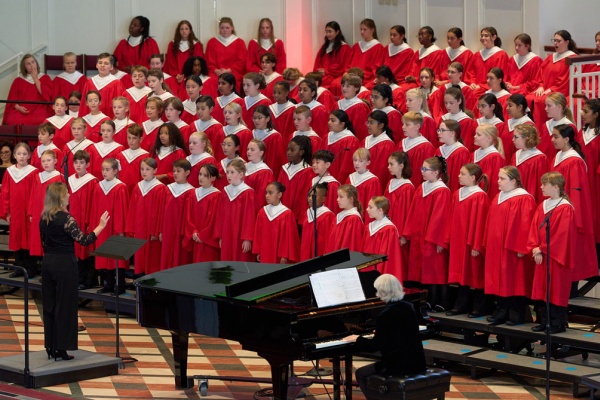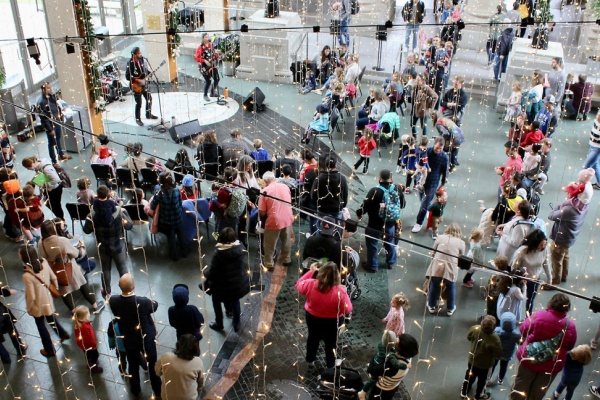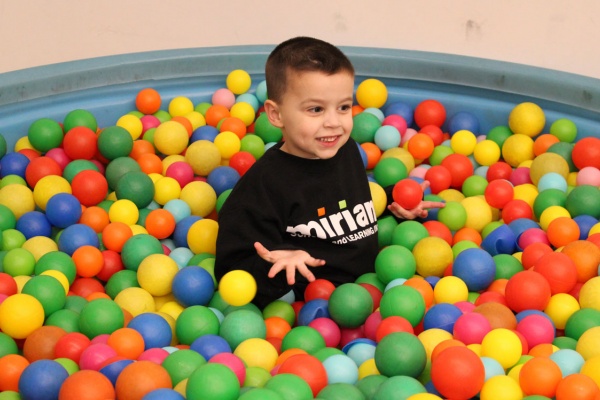
St. Louis Family Attractions
Located in the heart of historic Forest Park, the Saint Louis Art Museum is one of the nation's leading comprehensive art museums with collections that include works of art of exceptional quality from virtually every culture and time period. Beyond the collection, the Museum offers art programs designed for all ages and interests! Learn more at slam.org/Families.
Continue Reading »
Laumeier Sculpture Park: Engaging the community through art and nature.
Laumeier Sculpture Park is one of the first and largest sculpture parks in the country. Laumeier is an internationally recognized, nonprofit arts organization that is accredited by the American Alliance of Museums and operates in partnership with St. Louis County Parks.
Continue Reading »
From the youngest to the oldest, every member of the family is sure to enjoy a visit to the Contemporary Art Museum St. Louis. The only museum in St. Louis dedicated to contemporary art, CAM is a place for discovery and delight, where families can encounter art that is bold and unexpected—and see something new with every visit. Special programs offer even more ways to connect with the art and for families to explore their own creativity.
Continue Reading »
In the U.S. Family Travel Guide Zagat Survey®, Grant's Farm ranked overall as the seventh-best family attraction nationwide. Together, Zagat Survey and Parenting magazine surveyed more than 11,000 avid travelers to rate family-oriented attractions across the United States. Zagat is the world's leading provider of consumer survey-based leisure content. The Farm is home to more than 900 animals representing more than 100 different species. Grant's Farm, operated by Anheuser-Busch, Inc., has been a St. Louis tradition for over five decades.
Continue Reading »
The Saint Louis Science Center is one of the top five science centers in the United States, serving 1.2 million visitors annually. Recently named one of the Top 10 Science Centers for Families by Parents magazine and one of America’s most visited museums by Forbes Traveler Magazine, – the only museum in Missouri to be named to either list - the Saint Louis Science Center complex includes a four-story OMNIMAX Theater, the air-supported EXPLORADOME and the James S. McDonnell Planetarium. Its mission is to ignite and sustain lifelong science and technology learning.
Continue Reading »
Founded in 1859, the Missouri Botanical Garden is the nation's oldest botanical garden in continuous operation and a National Historic Landmark. The Garden is a center for botanical research and science education, as well as an oasis in the city of St. Louis. Education programs for all ages, special exhibits and breath-taking attractions are year-round features. The Missouri Botanical Garden family of attractions includes The Butterfly House and Shaw Nature Reserve.
Continue Reading »